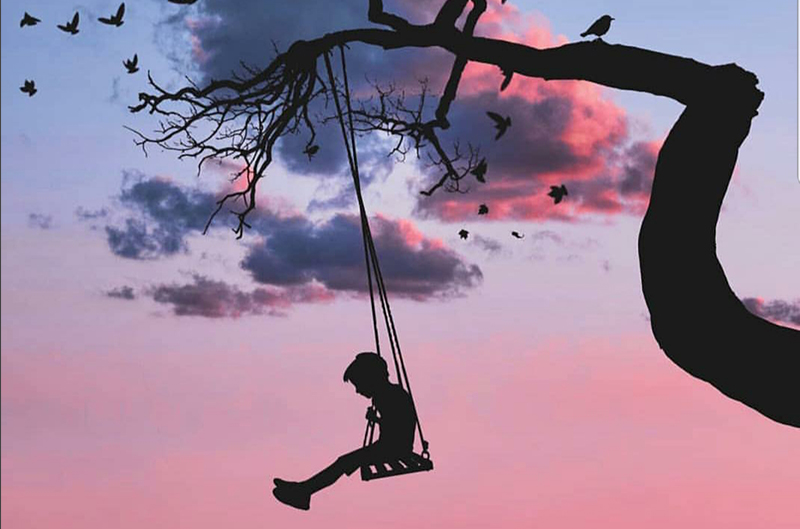
Revisiting Play Value
|
|
Author: Austin Stanfel
The kids want to play outside. Should you consider sending them to the local playground?
There is definitely a link between children playing and the playground. But what is it exactly? Play, in general, is an activity not limited to one specific thing. While tennis takes place in tennis courts, golf takes place on a golf course. Play in general doesn’t necessarily fall to being only at a playground if we go with that logic.
When looking at the definition of play, it can be defined as such:
“To spend time doing an enjoyable and/or amusing activity; play could be a spontaneous activity or it may be structured, with formal or spur-of-the-moment rules for games.”
Because it’s so open-ended, why do we associate play with playgrounds so much? The answer is quite apparent than we might think. It’s because playgrounds offer great opportunities for kids to enjoy themselves. To us adults, a playground is an area of safety due to how well managed and planned the providers of the playground were when it was built. Playgrounds have play-enhancing items that help a child develop a variety of abilities. Physical strength, social connection, intelligence, and even emotional learning are the standard in playgrounds, and it makes sense why adults send kids to playgrounds.
But that doesn’t explain why children actually play there. Outside of the obvious “because my parents told me to”, what reasons do kids have to play on the playground? Could it possibly be because children at their core find experiential pleasure there?
This line of thinking was something that Europe, and in recent years the US have tried to understand. Playground specialists have put in the effort to quantify the “play value” of playgrounds within their respective countries. As a result of this, the self-proclaimed playground experts are actually adults who create a perception of an adult’s sense of play. Because of this perception, playgrounds have become what we see them as now. Playgrounds offer multiple items because adults think more is ideal. (alprazolam) Some offer a variety because we adults think one kind of physical activity is equal to one social activity. But one other idea that has surfaced has been the examination of challenge levels or proficiency rates. In Hong Kong, individuals are performing studies to compare overall perceptions of risk-taking on the playground between specialists and children. It would be interesting if they followed the same approach but did a comparison study on play value.
Regardless, the overall sentiment of playgrounds has been safety first and for good reason. However, this sort of development has dominated several playgrounds over. While safety is paramount, that sort of “safety capsule” seems a bit off from the usual park setting. Now there are underlying base pads that cover at least a seven-foot clearance zone. It’s as if the children are playing a safety bubble filled with safety provisions. The overall look of the playground itself doesn’t seem connected with the rest of the park. It appears more foreign than anything else.
Sure, the structures may change over time, but the design work is starting to become more common: a flat surface with a variety of play components hooked together to form a single structure. This trend is moving away from the motion experiences that parks used to have. There are fewer swings and merry-go-rounds, all in the name of both safety and saving space.
All that being said, some playgrounds don’t follow that cookie-cutter format. Some playgrounds have subtle cultural hints in their designs and structural elements. They’re also creative with their choice of colours and symbols. Also, some playgrounds look fitting in the community.
This isn’t to say that safety isn’t necessary. However what may be useful here is recalling what Erik Richter, a German playground designer, once said:
“Provide as much play value as possible; provide only as much safety as necessary.”
p>


